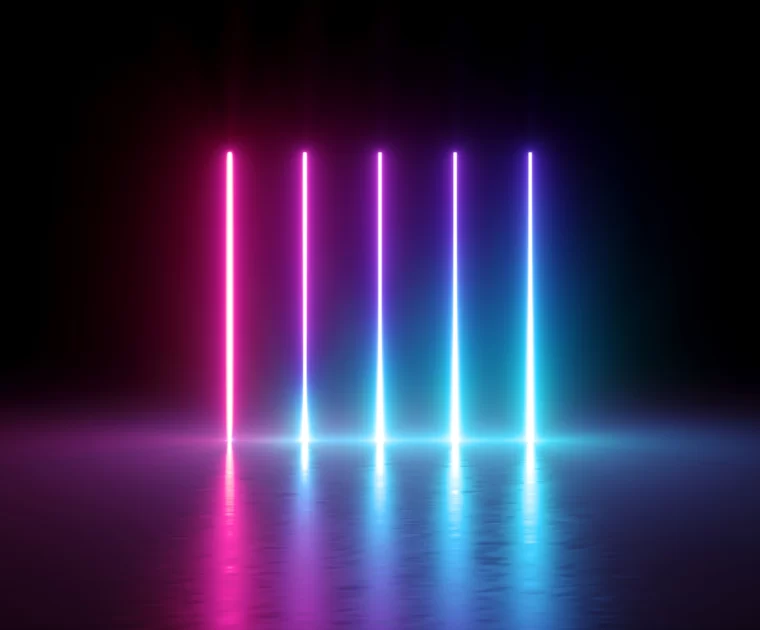Home » Technology »
Ultra Pure Light Sources
The Successes of Integration
Over the last decade, technological progress in tunable laser integration has matched the need for smaller footprints. In 2011, tunable lasers followed the multi-source agreement (MSA) for integrable tunable laser assemblies (ITLAs). By 2015, tunable lasers were sold in the more compact micro-ITLA form factor, constituting a mere 22% of the original ITLA package volume. In 2019, the nano-ITLA form factor reduced ITLA volumes further, as the module was just 39% of the micro-ITLA volume.


We Need to Integrate Even Further
Despite this progress, the industry must set further laser integration targets for the QSFP28 pluggables used in 100G ZR coherent access. Since QSFP28 pluggables have a lower power consumption and slightly smaller footprint than QSFP-DD modules, they should not use the same lasers as in QSFP-DD modules. They need specialized laser solutions with a smaller footprint and lower power consumption.
The Needs of Pluggables for the Network Edge
- Ultra-low power consumption
- Smaller footprints to fit both QSFP28 and QSFP-DD modules
- Narrow linewidth that can support 100G, 400G, and 800G signals
- Industrial temperature operation (-40 to 85°C)
- Tunability over the C-band
Achieving these ambitious targets requires monolithic lasers that ideally include all key laser functions (gain, laser cavity, and wavelength locker) on the same chip.
Key Solutions
- Monolithic integration minimizes footprint to fit in a QSFP28 form factor
- Monolithic integration minimizes coupling losses
- Widely tunable lasers that integrate all key functions (including the wavelength locker) on the same chip
- EFFECT Photonics has developed a solution that includes all laser functions in a small package with just 20% of the volume of a nano-ITLA module.






